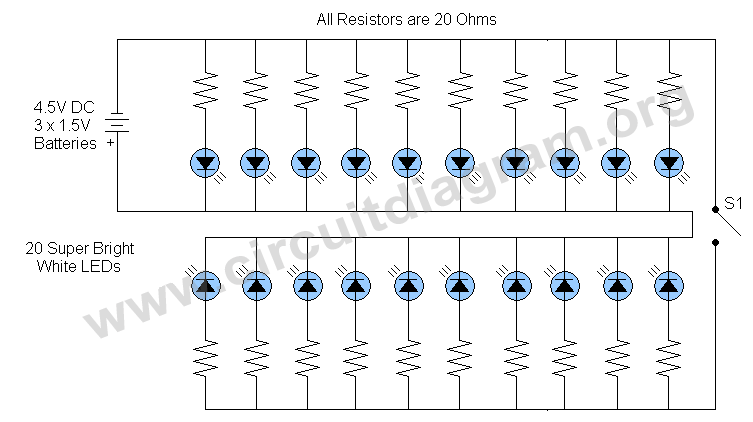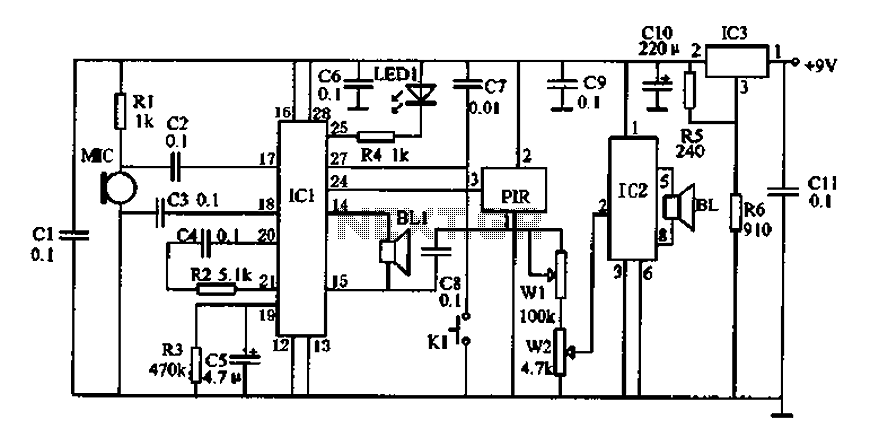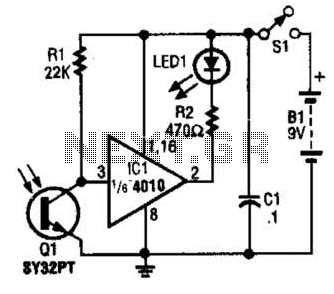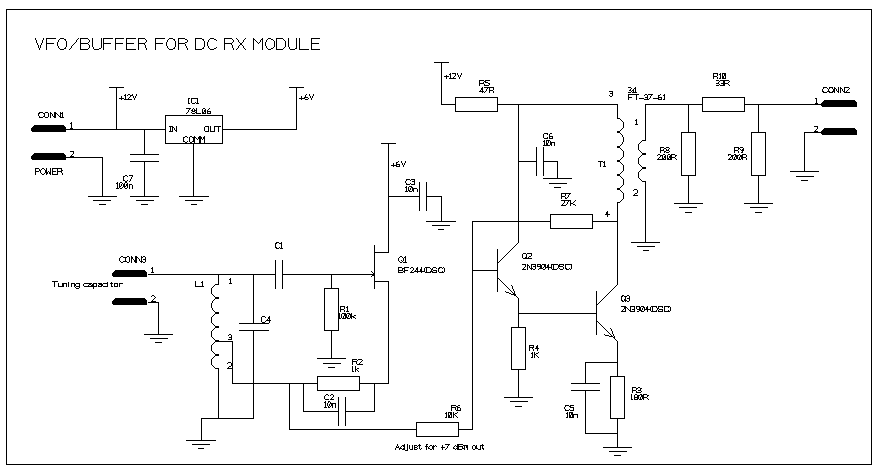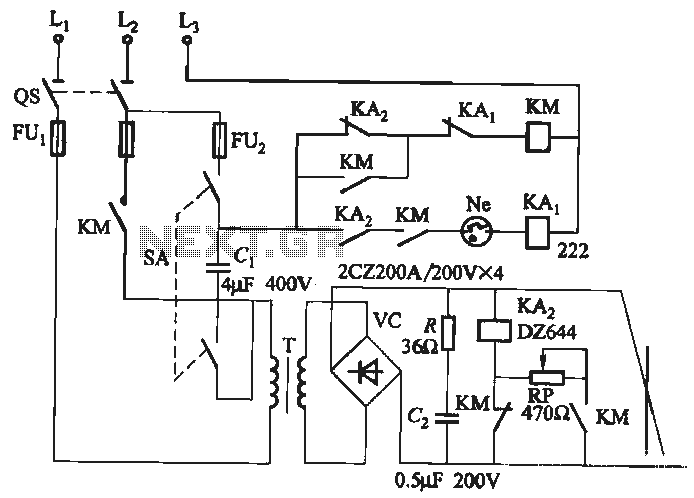
Wireless FM Transmitter Circuit
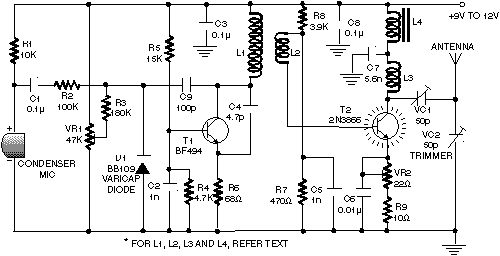
The wireless FM transmitter circuit described here includes an additional RF power amplifier stage following the oscillator stage, which increases the power output to 200-250 mW.
The wireless FM transmitter circuit functions by modulating audio signals onto a radio frequency carrier wave, allowing for the transmission of sound over short distances. The circuit typically consists of several key components: an oscillator, a modulator, and an RF power amplifier.
The oscillator stage generates a carrier frequency, which is usually within the FM broadcast band, typically between 88 MHz and 108 MHz. This frequency is determined by the values of the capacitors and inductors used in the oscillator circuit. The output from the oscillator is a sine wave, which represents the unmodulated carrier signal.
The modulation process involves superimposing an audio signal onto the carrier wave. This is achieved using a modulator, which can be implemented using a transistor or an operational amplifier. The audio input is usually connected to the base or gate of the modulating transistor, allowing variations in the audio signal to change the amplitude of the carrier wave, thereby creating an FM signal.
After modulation, the signal is sent to the RF power amplifier stage. This stage is crucial as it boosts the modulated signal's power to a level suitable for transmission. The RF power amplifier typically employs transistors designed for high-frequency operation, ensuring efficient amplification with minimal distortion. The output of this stage can reach 200-250 mW, which is adequate for short-range transmission, such as within a home or small venue.
To ensure proper operation, the circuit may include additional components such as filters to remove unwanted harmonics and improve signal quality, as well as a power supply circuit to provide the necessary voltage and current for the various stages. Antenna design is also an essential aspect, as it affects the range and quality of the transmitted signal. A simple wire antenna can be used for basic applications, while more sophisticated designs can enhance performance.
Overall, this wireless FM transmitter circuit is a practical solution for low-power audio transmission, suitable for personal use or small-scale broadcasting applications.The wireless fm transmitter circuit described here has an extra RF power amplifier stage, after the oscillator stage, to raise the power output to 200-250.. 🔗 External reference
The wireless FM transmitter circuit functions by modulating audio signals onto a radio frequency carrier wave, allowing for the transmission of sound over short distances. The circuit typically consists of several key components: an oscillator, a modulator, and an RF power amplifier.
The oscillator stage generates a carrier frequency, which is usually within the FM broadcast band, typically between 88 MHz and 108 MHz. This frequency is determined by the values of the capacitors and inductors used in the oscillator circuit. The output from the oscillator is a sine wave, which represents the unmodulated carrier signal.
The modulation process involves superimposing an audio signal onto the carrier wave. This is achieved using a modulator, which can be implemented using a transistor or an operational amplifier. The audio input is usually connected to the base or gate of the modulating transistor, allowing variations in the audio signal to change the amplitude of the carrier wave, thereby creating an FM signal.
After modulation, the signal is sent to the RF power amplifier stage. This stage is crucial as it boosts the modulated signal's power to a level suitable for transmission. The RF power amplifier typically employs transistors designed for high-frequency operation, ensuring efficient amplification with minimal distortion. The output of this stage can reach 200-250 mW, which is adequate for short-range transmission, such as within a home or small venue.
To ensure proper operation, the circuit may include additional components such as filters to remove unwanted harmonics and improve signal quality, as well as a power supply circuit to provide the necessary voltage and current for the various stages. Antenna design is also an essential aspect, as it affects the range and quality of the transmitted signal. A simple wire antenna can be used for basic applications, while more sophisticated designs can enhance performance.
Overall, this wireless FM transmitter circuit is a practical solution for low-power audio transmission, suitable for personal use or small-scale broadcasting applications.The wireless fm transmitter circuit described here has an extra RF power amplifier stage, after the oscillator stage, to raise the power output to 200-250.. 🔗 External reference

